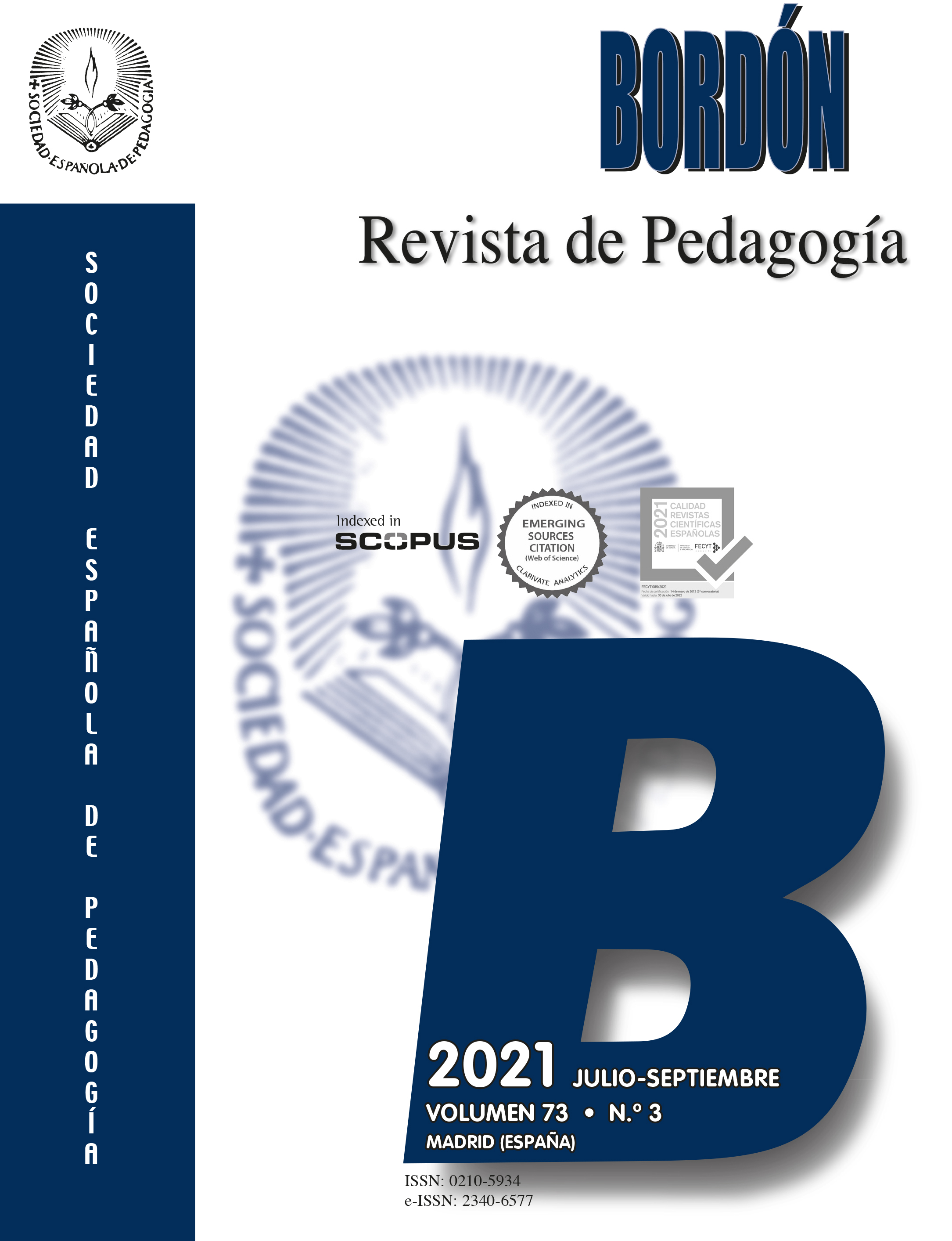Diseño de un instrumento observacional de base neurocientífica para el análisis del juego libre infantil: ObPlay 9-36m
Contenido principal del artículo
Resumen
INTRODUCCIÓN. Los conocimientos actuales en neurociencia indican que el desarrollo del cerebro tiene lugar a lo largo de toda la vida, pero hay periodos sensibles en los que las sinapsis neuronales condicionan la formación de la estructura cerebral. Dichas sinapsis se producen, en gran parte, gracias a estímulos externos. Entre estos periodos sensibles destaca la primera infancia. MÉTODO. El objetivo del manuscrito es presentar el diseño y la validación de un instrumento observacional del juego libre infantil, denominado ObPlay 9-36m. El instrumento permite aportar evidencias, desde una perspectiva neuroeducativa, de la importancia del juego libre en el desarrollo integral del niño. El instrumento se ha diseñado a partir del análisis de la conducta infantil y de los conocimientos aportados por la neurociencia, la psicología y la educación. RESULTADOS. Se presenta el instrumento ObPlay 9-36m de análisis del juego libre infantil en niños y niñas de 9 a 36 meses. Su proceso de elaboración ha concluido al comprobar la validez del instrumento y la fiabilidad mediante un acuerdo interjueces con la aplicación del coeficiente Kappa. El instrumento está conformado por los siguientes criterios: (1) observación, (2) motricidad, (3) exploración, (4) conocimientos lógico-matemático y espaciotemporal, (5) símbolo, (6) lenguaje y verbalización, (7) emocional y (8) social. Para su concreción se sigue un proceso inductivo a partir de la observación exploratoria de situaciones de juego ad hoc para este estudio. La aplicación del instrumento permite realizar diferentes tipologías de análisis, mostrar el desarrollo de los niños y dotar de significación al juego libre como espacio de aprendizaje. DISCUSIÓN. El instrumento ObPlay 9-36m evidencia la activación simultánea de diferentes áreas del cerebro durante la conducta infantil y el consecuente aprendizaje, como beneficio en el desarrollo integral. El uso de instrumentos de observación favorece la práctica educativa y la investigación. Esta línea de trabajo facilita la investigación-acción, partiendo de la observación de la realidad educativa y planteando nuevas propuestas de mejora de la práctica profesional.

